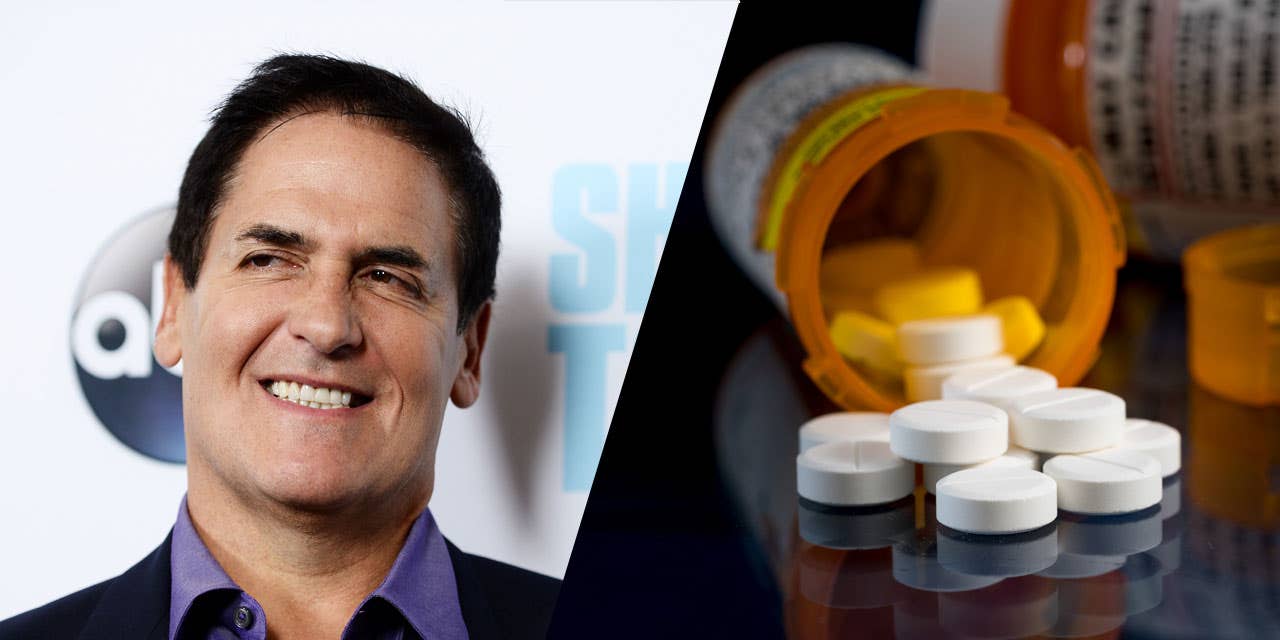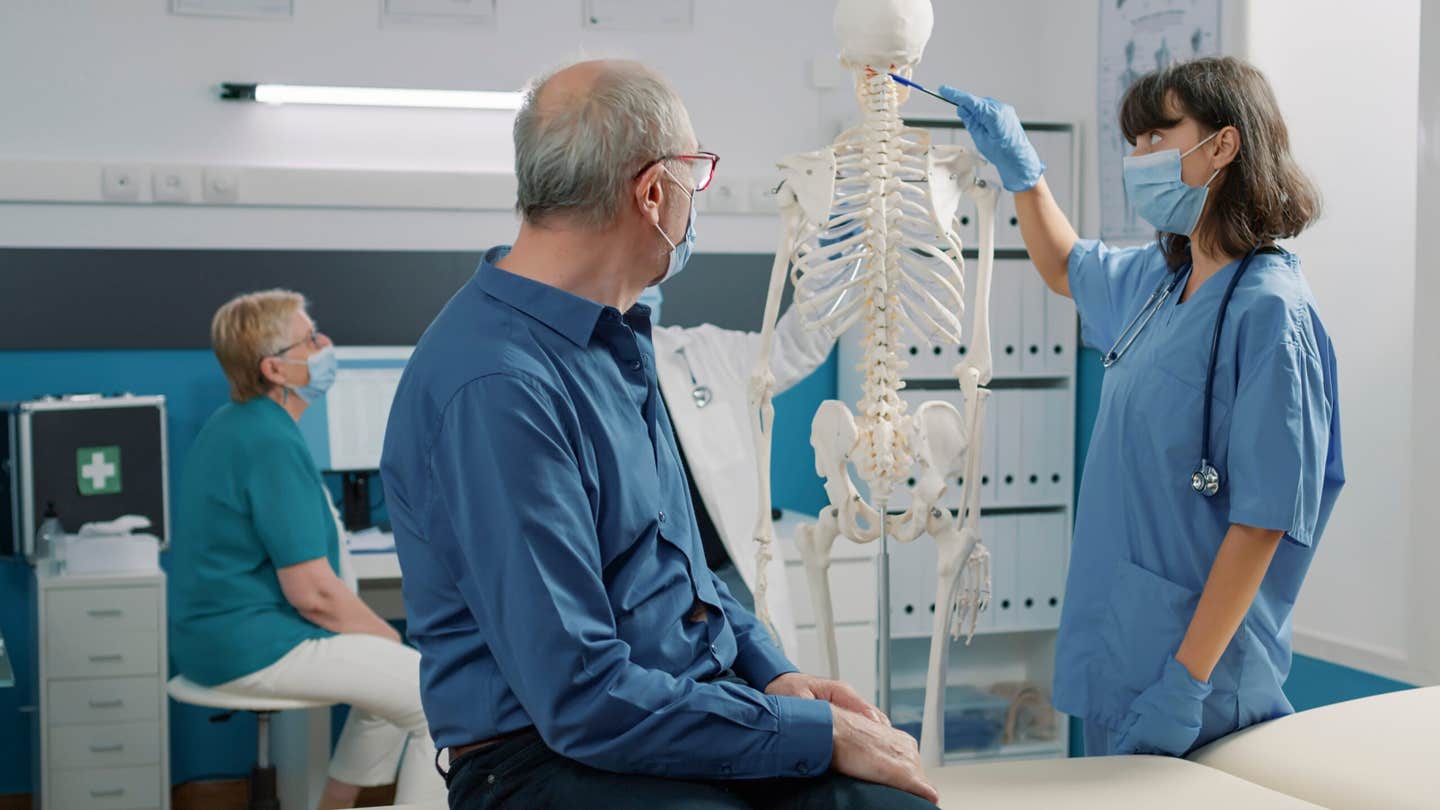Mark Cuban’s cost plus drug company could save taxpayers millions, study finds
The findings pointed towards the unsettling implication that Medicare, Part D plan sponsors, and beneficiaries are likely overpaying.

[June 18, 2023: Staff Writer, The Brighter Side of News]
The findings pointed towards the unsettling implication that Medicare, Part D plan sponsors, and beneficiaries are likely overpaying. (CREDIT: Creative Commons)
In the ever-evolving landscape of healthcare and pharmacology, cost has been a formidable adversary. With sky-high prices for essential medications often becoming a stumbling block for patients, especially in the oncology sector, a recent study offers a compelling solution. It suggests a potential paradigm shift in purchasing generic oncology drugs through the Mark Cuban Cost Plus Drug Company (MCCPDC) model, which could result in substantial savings for US taxpayers.
A fresh study published today in the esteemed Journal of Clinical Oncology, undertaken by the Vanderbilt University Medical Center (VUMC), indicates that if insurers operating Medicare Part D plans purchased seven key generic oncology drugs from MCCPDC at the prices it offers, the U.S. government could save taxpayers anywhere between $228 million and $2.15 billion annually.
The study, spearheaded by Ruchika Talwar, MD, a urologic oncology fellow at VUMC, compared the prices of these crucial drugs obtained by MCCPDC to the Medicare Part D prices. The findings pointed towards the unsettling implication that Medicare, Part D plan sponsors, and beneficiaries are likely overpaying for these self-administered generic oncology drugs.
"Both doctors and patients should be aware of cash-pay options available that might offer lower prices to beneficiaries purchasing outside of their health plans and the impact that this drug price stewardship could have on Medicare and Part D sponsors,” Talwar emphasized. She further added that, "These findings are of utmost importance.”
Related Stories:
This recent study isn't the first from VUMC to examine cost savings through the MCCPDC model. In the previous year, another study led by Talwar, published in the Journal of Urology, had estimated an annual saving of approximately $1.29 billion for patients, based on the 2020 Medicare Part D expenditures on just the nine most popular urological drugs.
MCCPDC was founded in January 2022 by business magnate Mark Cuban and Alexander Oshmyansky. The company operates on an innovative pricing strategy that sells hundreds of generic drugs at cost+15% pricing, a mere $3 pharmacy fee, and a maximum shipping cost of $5 per 30-day, 60-day or 90-day prescription.
The current VUMC study obtained public formulary data from MCCPDC that identified the seven generic oral oncology drugs offered by the company: abiraterone, anastrozole, imatinib (both 100 mg and 400 mg), letrozole, methotrexate, raloxifene, and tamoxifen.
After comparing their dosages and associated prices as of Decemberc 2022, the study found a potential savings of $661.8 million (78.8%) if median Mediare Part D unit prices were replaced by MCCPDC prices.
The estimated total savings fluctuated between $228.1 million (56.1%) and $2,154.5 million (92.4%), assuming that plan prices were equivalent to the 25th or 75th percentiles of Q3-2022 Part D plan unit prices.
One striking example highlighted by the study involved the drug abiraterone (brand name Zytiga). This drug, used in combination with prednisone, is used to treat a specific type of prostate cancer that has spread to other parts of the body. The median cash-pay price for abiraterone was calculated at a hefty $562.49, while a 30-day prescription offered under the MCCPDC model stood at a significantly lower $44.60.
“The MCCPDC is one of several companies that aim to address a real problem for consumers – the costs of generic drugs,” remarked co-author Stacie Dusetzina, PhD, professor of Health Policy. She noted, “This study highlights that, in some cases, Part D plans and their pharmacy benefits managers aren’t doing a good enough job at getting favorable prices for generic drugs for Medicare and its beneficiaries. In some cases, we find that Medicare beneficiaries would overpay by a lot if they used their Medicare benefit to fill one of these cancer drugs. That shouldn’t happen.”
Projected 2020 cost of 90-day prescription filling compared to 2020 Medicare costs for 9 common urology drugs. MCCPDC indicates Mark Cuban Cost Plus Drug Company. (CREDIT: Journal of Urology)
Other notable comparisons drawn by the study included drugs like imatinib 100 mg (brand name Gleevac), whose median price stood at $442.32 and 400 mg at $1,480.29, whereas under the MCCPDC model, imatinib 400 mg was priced at a mere $44.
Additional median cash-pay prices under Q3-2022 Medicare Part D for a 30-day prescription included: anastrozole $11.18, letrozole $12.02, methotrexate $23.75, raloxifene $44.55, and tamoxifen $17.94. Comparatively, the cash-pay prices under the MCCPDC model for a 30-day prescription stood at: anastrozole $10.70, letrozole $10.70, methotrexate $15.80, raloxifene $11.60, and tamoxifen $14.90.
Projected Impact of the Mark Cuban Cost Plus Drug Company on Absolute and Percentage Cost Savings per Individual Beneficiary and Potential Number of Beneficiaries Affected for Common Oncologic Indications. (CREDIT: Journal of Clinical Oncology)
The study also calculated median savings for each drug using Part D plan unit prices: abiraterone $338.0M, anastrozole $1.2M, imatinib 100 mg $15.6M, imatinib 400 mg $212.0M, letrozole $1.9M, methotrexate $26.7M, raloxifene $63.8M, and tamoxifen $2.6M.
Aiming to continue the exploration and awareness campaign about MCCPDC, Talwar hopes future studies will help to ease the financial burden and improve access to essential cancer medications. Her efforts, combined with initiatives like the MCCPDC, are creating a ripple effect in the healthcare sector, pushing the boundaries of conventional practices, and paving the way for potentially life-altering changes in medication pricing and accessibility.
Note: Materials provided above by The Brighter Side of News. Content may be edited for style and length.
Like these kind of feel good stories? Get the Brighter Side of News' newsletter.



